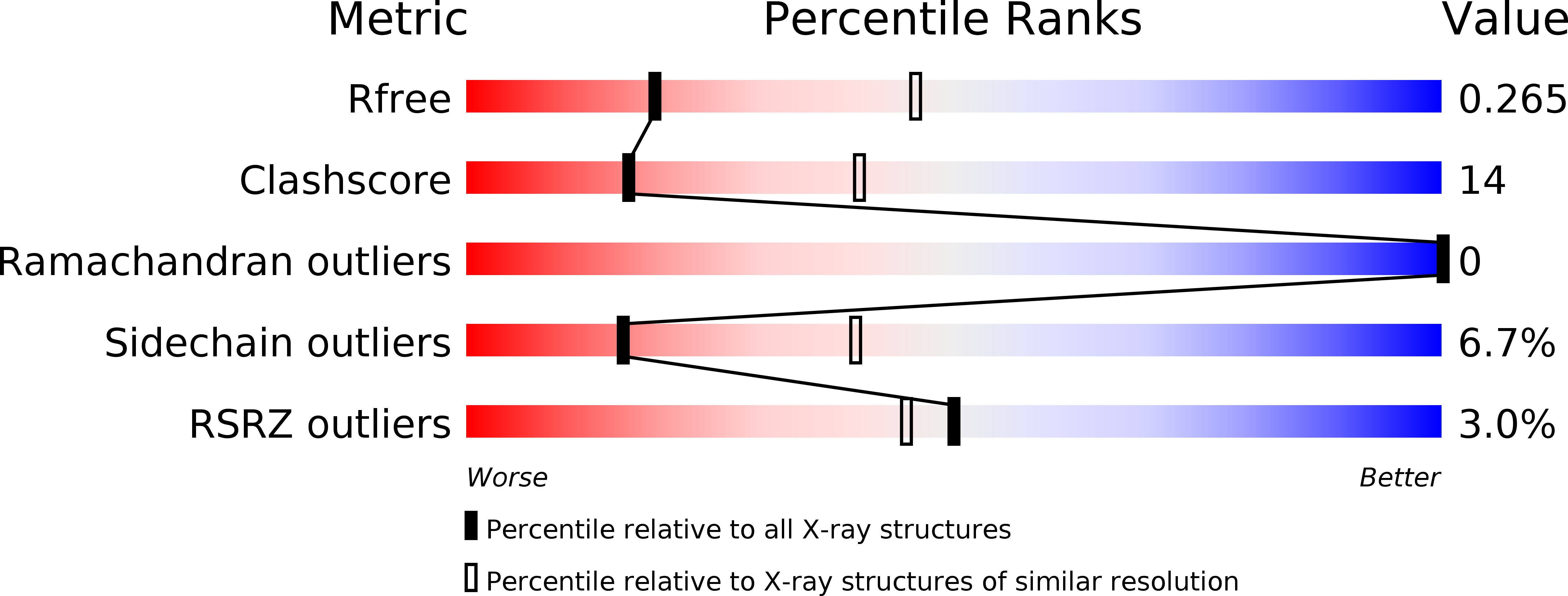
Deposition Date
2011-10-08
Release Date
2012-01-25
Last Version Date
2024-11-13
Entry Detail
PDB ID:
4A4B
Keywords:
Title:
Structure of modified phosphoTyr371-c-Cbl-UbcH5B-ZAP-70 complex
Biological Source:
Source Organism:
HOMO SAPIENS (Taxon ID: 9606)
Host Organism:
Method Details:
Experimental Method:
Resolution:
2.79 Å
R-Value Free:
0.26
R-Value Work:
0.18
R-Value Observed:
0.19
Space Group:
P 65 2 2


